
The X-44 MANTA (Multi-Axis No Tail Aircraft), a bold project by Lockheed Martin and NASA, aimed to revolutionize aerial combat dynamics through its innovative design and features.
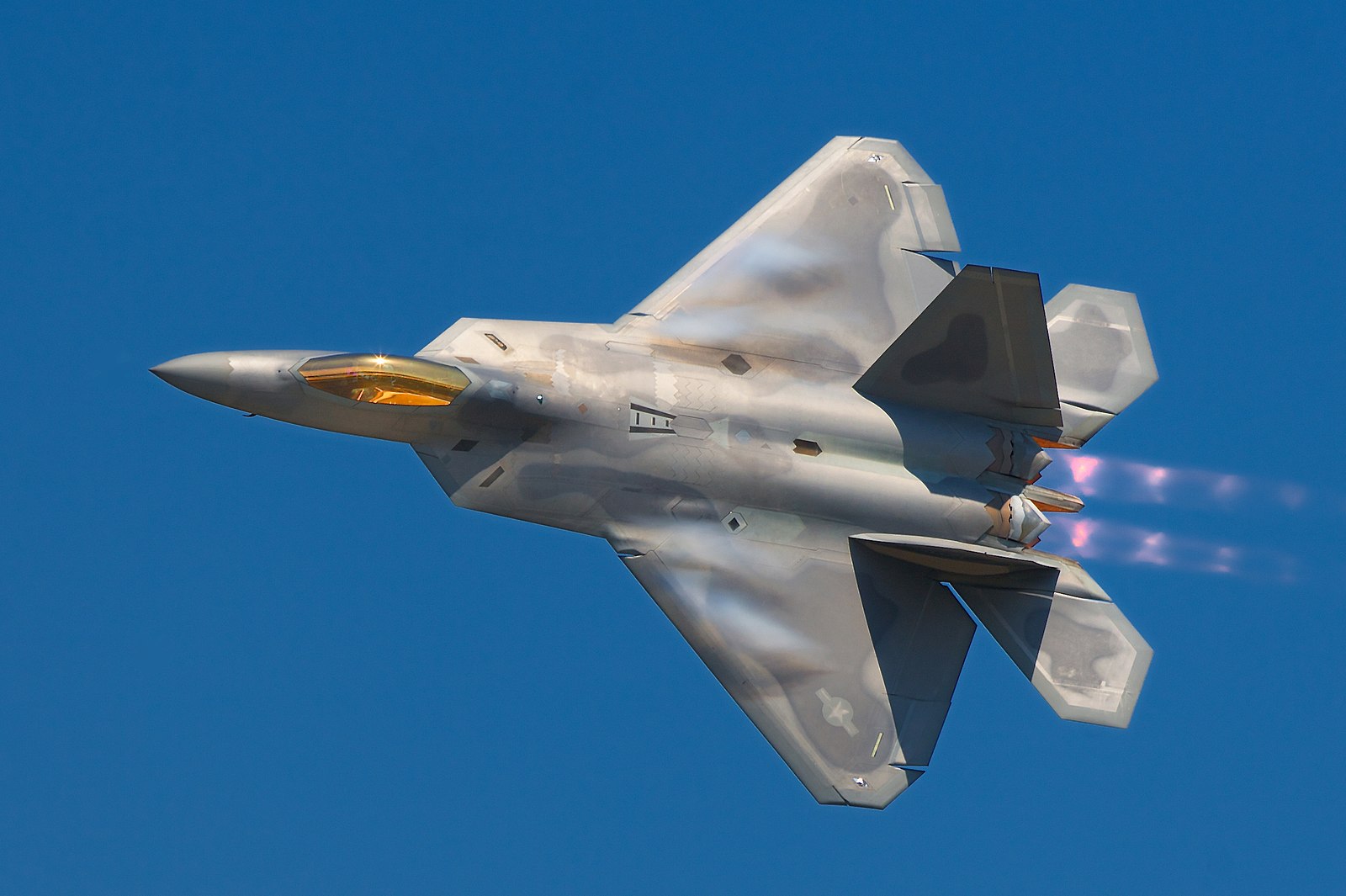
It sought to surpass the impressive F-22A Raptor, offering the US Air Force a platform with unmatched stealth and extended range.
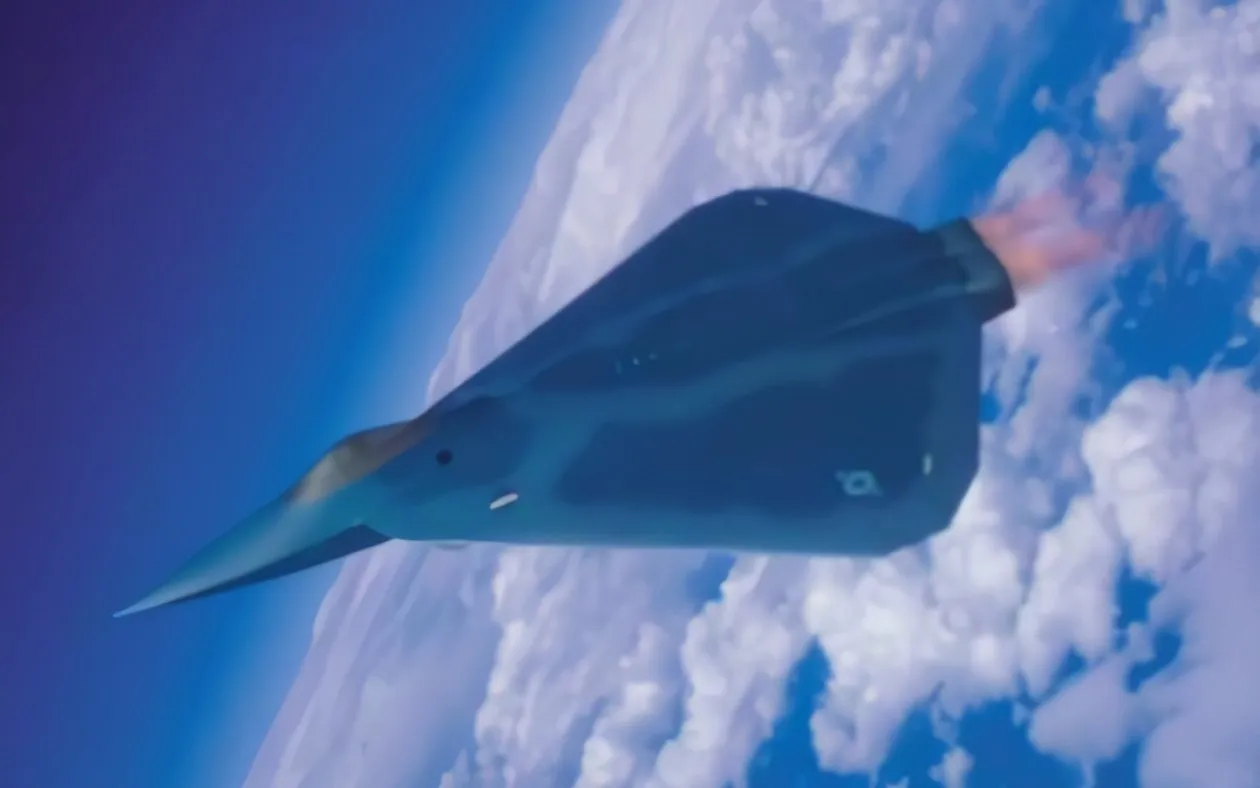
Despite never taking to the skies, the echoes of the X-44 Manta resonate in contemporary discussions about the future of air combat and the Next Generation Air Dominance (NGAD) project. At its conceptual core, the X-44 MANTA was a sleek, tailless delta-wing aircraft equipped with thrust-vector control for extreme maneuverability and the ability to reach speeds of about 1,500 mph. The X-44’s advanced design featured side-by-side Pratt & Whitney turbofan engines producing a formidable 35,000 pounds of thrust.

This warbird was not just about speed and agility; it was armed to the teeth with an internal 20 mm cannon, AIM-9 Sidewinder, AIM-120 AMRAAM missiles, and GBU-32 JDAMs for comprehensive air-to-air and ground attack capabilities.

The writers at Military Factory described the X-44 as having “a larger range than the F-22, better stealth capabilities, and an impressive arsenal of weapons.” The potential of the X-44 Manta to dominate the skies was undeniable, yet it remained a tantalizing ‘what if’ in the annals of military aviation. It is widely speculated that the innovations envisaged for the X-44 have influenced the conceptual framework for the Air Force’s NGAD program, which is expected to be a family of systems encompassing autonomous capabilities, improved propulsion, and advanced weaponry.
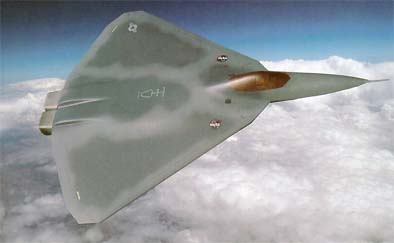
The Air Force’s and NASA’s partnership in 1999 paved the way for the X-44 Manta, aiming to test the viability of full yaw, pitch, and roll control without traditional tailplanes. According to an official NASA document, “Thrust vectoring—the ability to turn the jet exhaust—allows an aircraft to create forces with its engines similar to the forces created by aerodynamic surfaces such as flaps, rudders, and stabilators.” The simplified airframe with increased fuel volume and absence of movable aerodynamic control surfaces would have greatly enhanced ‘stealth’ characteristics.

However, the reality of defense procurement and the changing landscape of aerial warfare nudged priorities elsewhere. With the F-22 and F-35 programs deeply entrenched in the Air Force’s arsenal, the X-44’s leap in capability came at a time when the strategic value of such advanced stealth aircraft was being reassessed. The Air Force has been contending with a paradigm shift, where adversaries adapt and even stealthy planes may become vulnerable to detection technologies like the stealth-penetrating radar.
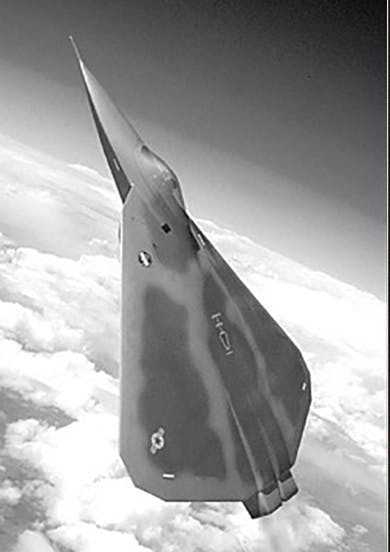
The focus has now shifted to hypersonic planes, hypersonic missiles, directed-energy weapons (DEW), and unmanned systems. The X-44 represents an era where stealth ruled supreme, but the current needs emphasize speed and maneuverability over mere invisibility. As Brent M. Eastwood pointed out, “its short life influenced later stealth designs that may be taken up by the U.S. NGAD 6th-generation fighter.”
related images you might be interested.

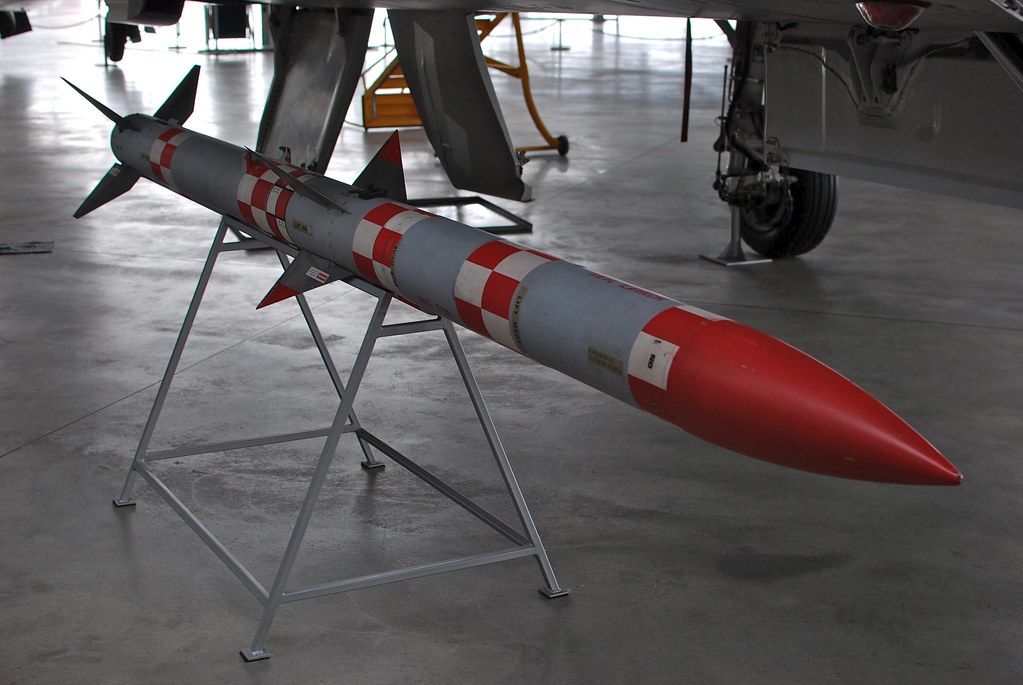
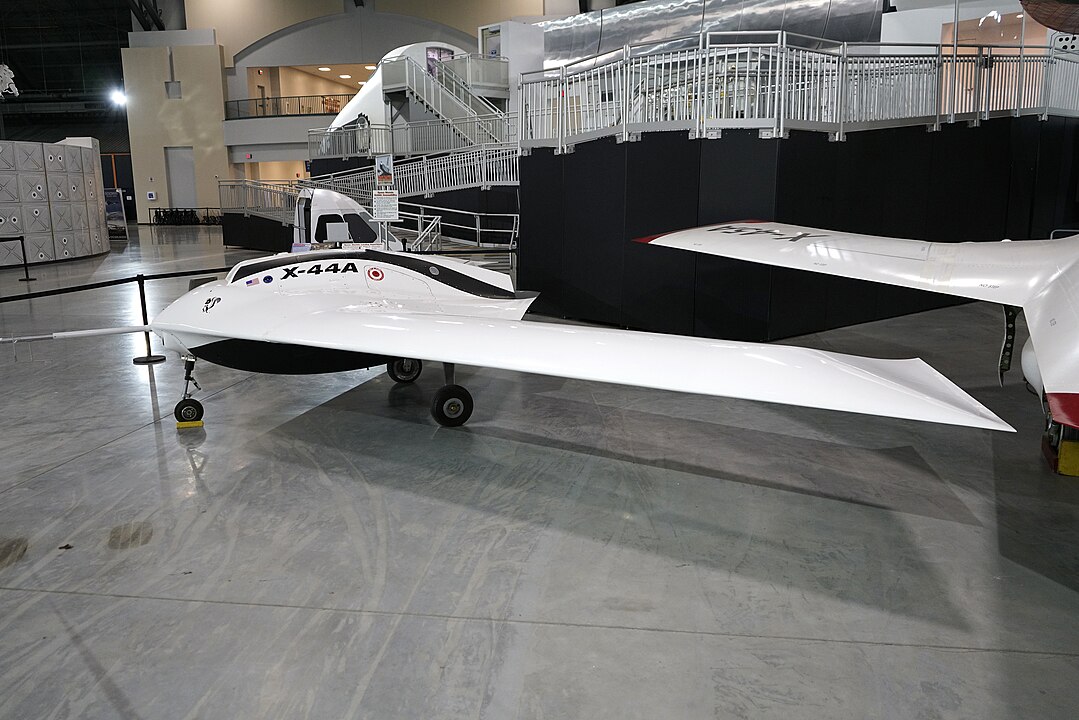
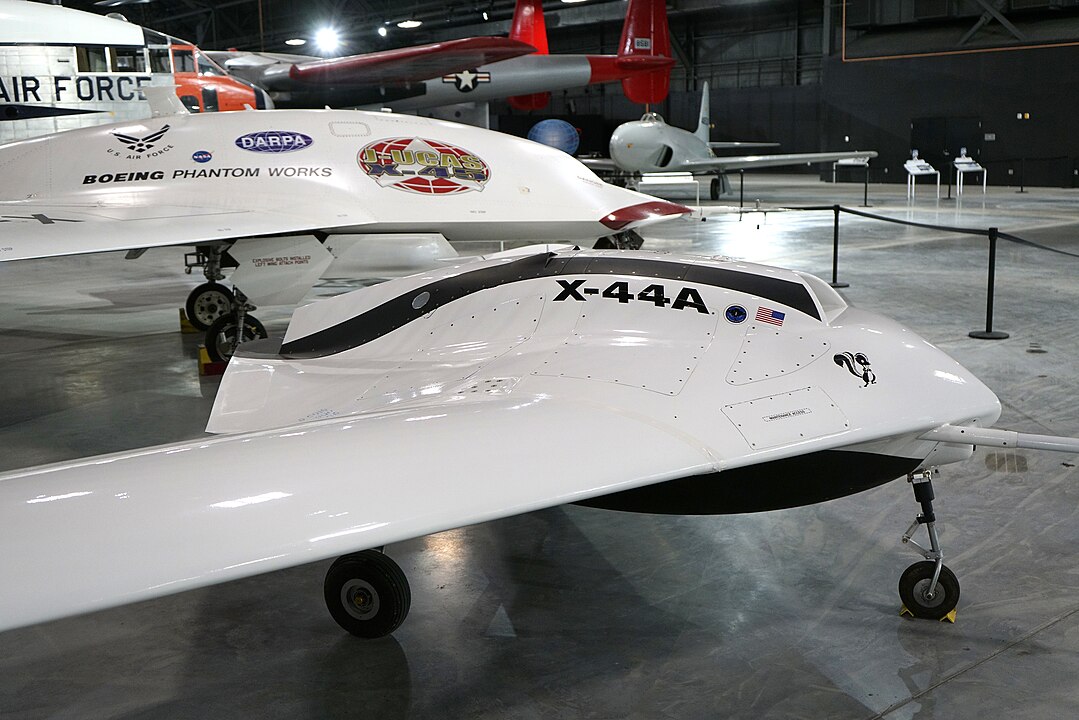
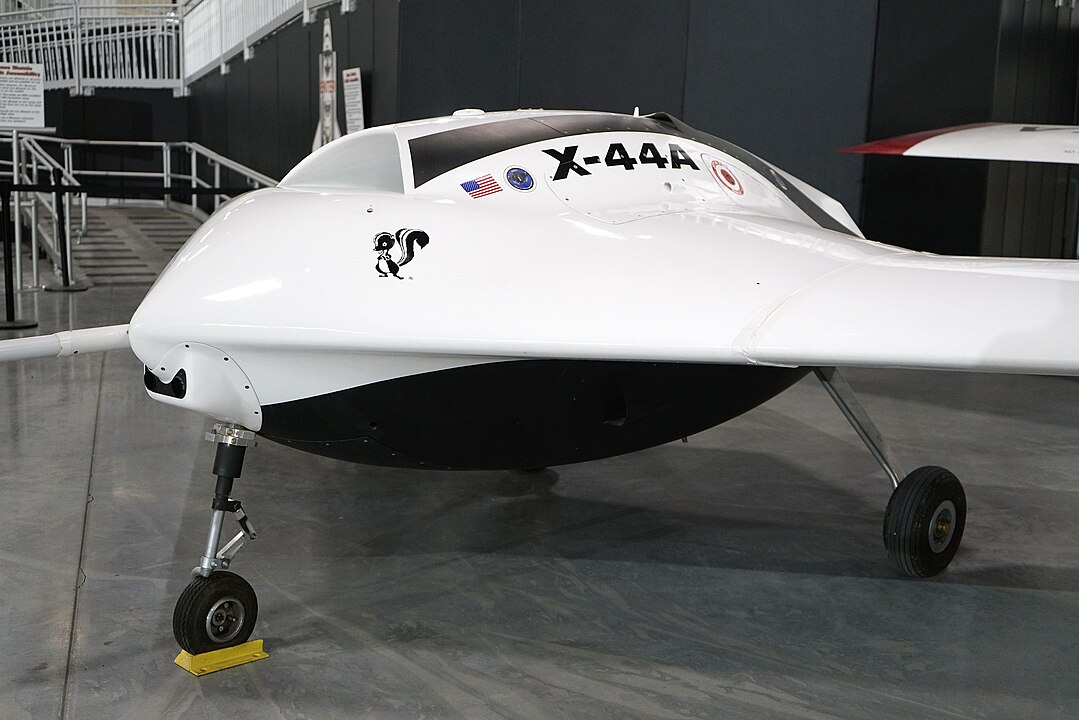

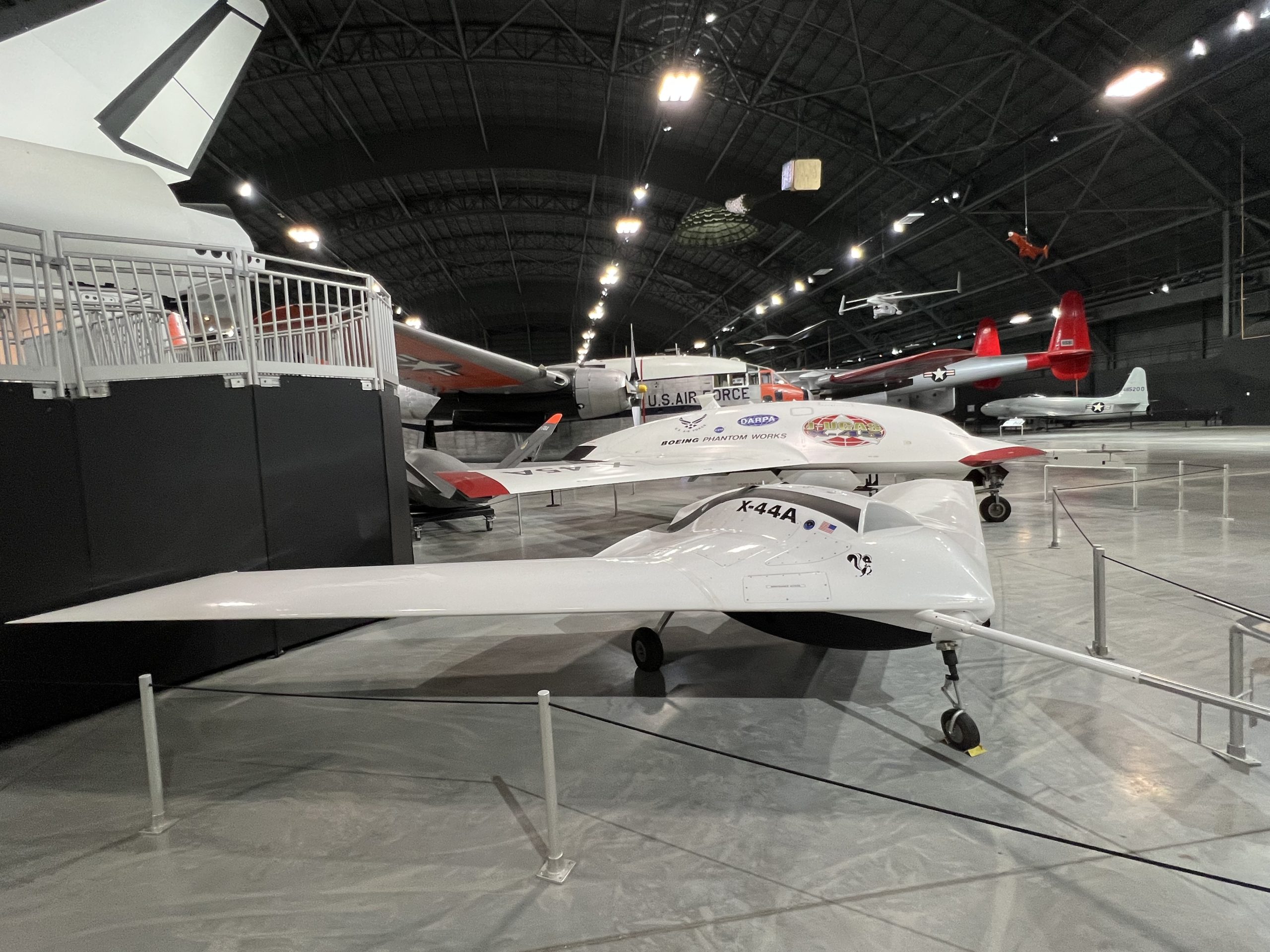
Relevant articles:
– X-44 Manta: The Fighter Jet the Air Force Never Built, The National Interest
– X-44 Manta: What the New NGAD Fighter Could Eventually Look Like?, The National Interest
– X-44, Airforce Delta Wiki
